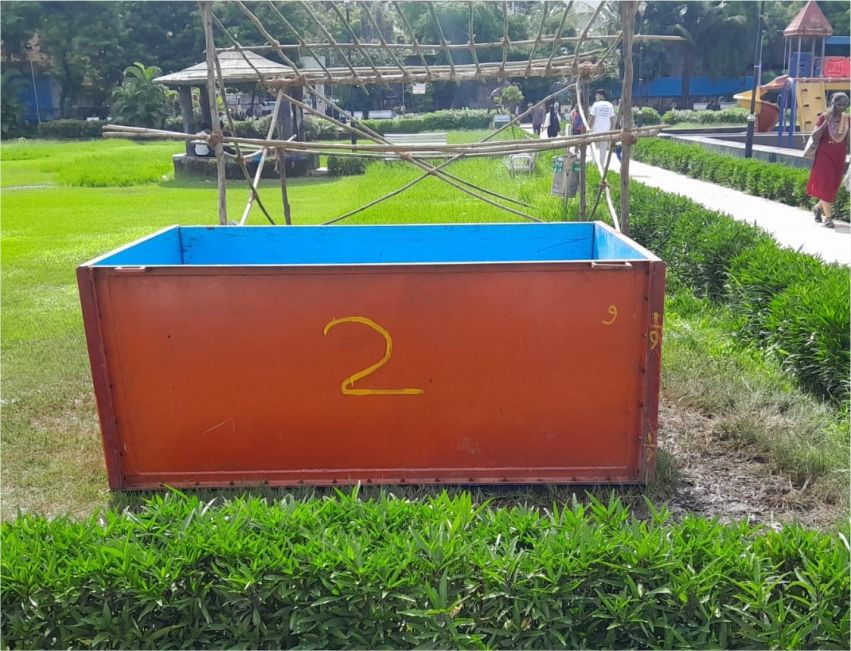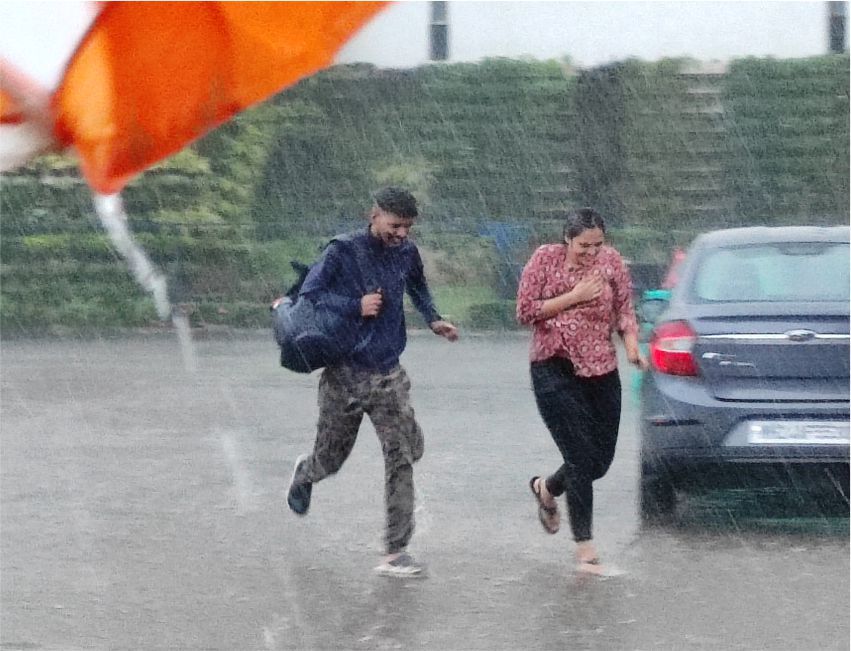Young and Hooked: How crochet became Tushar’s path from hobby to meaningful business

- Christopher Rodrigues
- 29 Oct, 2024
During the early days of the pandemic, Tushar sought a hands-on hobby to escape screens and find some calm. What began as an interest in knitting quickly transformed when a store mistakenly included a crochet hook with his order. Although it seemed minor then, that unplanned addition led Tushar to discover a passion that resonated more naturally with him than knitting. In crochet, he found a blend of relaxation, creativity, and productivity, and what was initially a curious experiment soon became a cherished craft.
Today, Tushar’s crochet has grown beyond a solo activity into a small business called ‘Snuggle Dost’ and an active, welcoming community. He regularly hosts workshops where he teaches beginners, sharing skills and the calming, meditative aspects of the craft that drew him in. Alongside crocheting for personal enjoyment, Tushar has carved out a space to connect with others, creating a network of crochet enthusiasts who look forward to every session.
In this interview, Tushar discusses his journey, and how the art form has experienced a resurgence among young people for its eco-friendly and unique appeal. He also shares some advice for beginners curious about taking up this time-honoured craft and offers a glimpse into how he approaches his business from a creative rather than purely commercial perspective.
Q: What drew you to crochet?
A: Initially, I was interested in knitting. During COVID, I wanted a hands-on activity to reduce screen time, and knitting seemed like a perfect fit, a tactile fidget activity that created something tangible. When I bought my knitting needles, the shopkeeper accidentally gave me a crochet hook too. I brushed it off initially, but my curiosity got the better of me. To my surprise, crochet came much more naturally than knitting. What took a month to achieve in knitting only took a morning with crochet. I still enjoy knitting’s rhythm, but crochet quickly became my main focus.
Q: How long does it take to complete a piece?
A: The timing varies depending on the complexity, but I usually create small items like plushies, flowers, hats, and accessories for my brand, ‘Snuggle Dost’. For instance, a simple Bee Plushie takes me about an hour to an hour and a half if I stay focused. Larger items or intricate patterns take longer, but I enjoy smaller projects because they’re quicker and easier to finish in one sitting. This keeps things manageable and lets me keep my creations fresh and varied.
Q: Have you experienced any gender bias in pursuing crochet as a hobby?
A: Not really, but I think that’s because I’m mostly in queer and open-minded circles. Occasionally, people might imply that crochet is an unusual choice for someone like me, and family members might find it unconventional, but any negative thoughts are typically left unspoken. Most people are just intrigued, and ultimately, it doesn’t affect me.
Q: What types of crochet pieces do you make, and where do you get your ideas?
A: I create a mix of flowers, plushies, accessories, and wearable items like earrings and gloves. I find ideas on Pinterest, Instagram, and through other crocheters, as well as from custom requests. I’ve tailored my social media feeds to show mostly crochet-related content, so I always feel inspired. The versatility of crochet is what excites me—you can make almost anything with it, from textures to intricate shapes. I tend to focus on small, commercially viable items. But I’m definitely looking forward to expanding my creative range as my skills grow.
Q: What tools and materials do you prefer to use?
A: I mainly use metal hooks, like aluminium or steel, which offer smooth handling without squeaking. Hooks with silicone grips are also a favourite for their comfort during longer sessions. I usually work with hook sizes ranging from 3.5mm to 8mm, based on project type and yarn weight. For yarn, I like Ganga Alisha and often buy from online stores like Pradhan Embroidery or local shops.
Q: How has crochet helped you with mental health?
A: Crochet has had a profoundly calming effect on me, especially during COVID. It helped manage anxiety by giving me a mindful activity to focus on, stitch by stitch. Recently, I started leading crochet workshops and noticed the same effects on others. The repetitive motions create a state of flow that helps attendees relax, especially those who struggle with perfectionism. They find joy in the process rather than the outcome.
Q: Tell us about your first crochet workshop.
A: My first workshop was with friends who were complete beginners. I prepared hooks, yarn, a lesson plan, and infographics to guide them through basic stitches while we worked on simple finger puppets. Watching them learn was inspiring, they overcame initial struggles and eased into the rhythm as we went along. The group setting cultivated patience and encouragement, and by the end, everyone had a little finger puppet to show off and some confidence in crochet.
Q: How have your workshops evolved?
A: Since that first workshop in September, we’ve met every Sunday. The group has become a close-knit community, each session bringing new members and fostering creativity. Right now, we’re working on “Leggy Froggies,” a small, full-body crochet piece. It’s amazing to see everyone’s progress. I also conduct workshops in local art and dance studios and even plan to teach a staff member at the post office soon. These workshops have created a unique bond.
Q. How has your small-scale business helped you achieve financial security?
A. I wouldn’t say my crochet business provides full financial security, and that’s largely by choice. My approach is more about enjoying the process than focusing on profit. If I treated it strictly as a brand, I might be more financially secure, but my main goal is to create, not build an empire. I enjoy the slight inconsistency of my business. Getting paid for what I love is fulfilling, and I’m just happy crocheting for others and sharing something meaningful.
Q. Do you think crochet is having a resurgence among young people?
A. Absolutely! Younger people, even teens, are getting into crochet. YouTube has tons of young creators teaching it, and it’s refreshing that crochet is still seen as a “granny” activity, we’re reclaiming it in our own way. It’s also becoming a sustainable alternative, especially with flowers. Real flowers often come from environmentally harmful production. I once saw a local florist discarding large amounts of unsold flowers, and it made me think. I started making crochet flowers as reusable, lasting gifts that people rarely need to replace.
Q. What’s your advice to the beginners?
A. Just start. Start small, with basic patches or stitches, to build a foundation. Don’t worry about perfection, and you’ll improve. In workshops, we always begin with single crochet stitches, making it easy to grasp and pick up patterns. I’m here to help with materials or advice. Enjoy it, and don’t worry if it’s not perfect, you’ll love it as you go along, but even if you don’t, that’s okay too.




